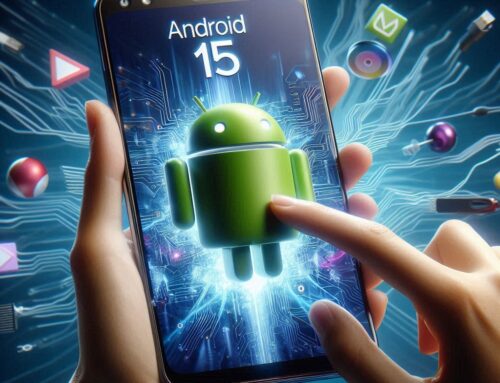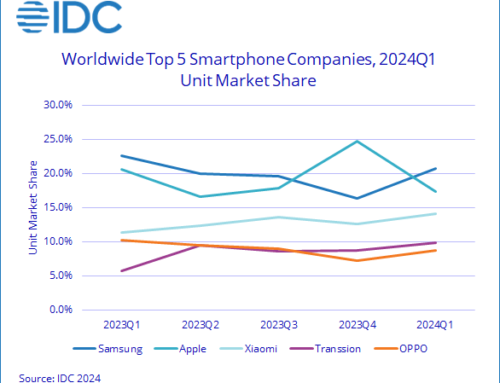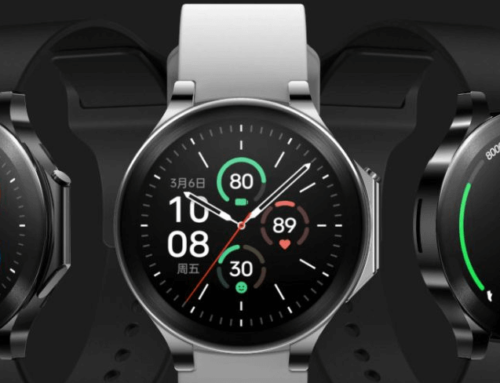On February 2nd, 2024, the Apple Vision Pro virtual reality headphones reached their first customers. It is one of the most expensive products in the history of Apple. While some say it is an extraordinary product, it also comes with a lot of drawbacks, the biggest one being the price. As an Android user, I still don’t get one thing: what are these headphones really good for? No, I didn’t make this post to mock those early adopters that paid $3,500 for a product that Android sells for $11.5 (i.e. Google Cardboard). Or maybe I did, it’s not that Apple enthusiasts read any Android-related news, so I’m not going to offend anyone.
For the past four years Apple has been working on virtual reality headsets. The first set was presented in June 2023, and on February 2nd, 2024 the deliveries have started. Remember how at least during the first Apple product launches there were late-night queues in the store? Well, there won’t be one for sure for Apple Vision Pro, because it costs as much as kidneys in some countries – with accessories the total price can reach $5,500. A simple spare battery is $200, extra memory for 3D videos is $400, a case for these headphones is, drumrolls … $200.
Talking about batteries, an extra one would be a wise investment (oh, the irony, “wise” + “investment” in a post about Apple products). Why? Because the autonomy of the included battery is around 2 hours.
And yet, even if the price is exorbitant compared for instance to Google Cardboard ($11.5) or if you’re looking for a more professional VR gaming headset to Meta Quest 3 ($650), analysts say that Apple will still sell several hundred thousands units in the first year alone. Say 100,000/year, multiplied by $3,500, that’s $350 millions extra adding up to the other trillions already there.
So, judging by the feedback posted especially by vloggers, what did the first ones that tested Apple Vision Pro thought about it?
Here are a few PROs:
- the screen seems to be great
- hand and eye tracking work very well
- all apps work well within Apple’s ecosystem
- it’s easy to navigate with Apple’s new window system
As far as cons go, here are a few (remember, no one has it for more than 1 day at the time of posting this, because it was just released):
- the biggest and most often mentioned downside is the exorbitant price
- there’s room for improvement on the interface
- very few compatible apps to play with
- and one of the biggest downside from my point of view is the fact that the battery is external, attached by a cable. Yes, you have a cable from Apple Vision Pro to the external battery :))).
It’s interesting how Apple didn’t mention the word “metaverse” in the presentations for Vision Pro. That would’ve been closely related to Facebook (Meta). They didn’t even mention “virtual reality”, but instead rebranded the term and came up with “spatial computing”.
This is a clever marketing strategy, and it’s a normal phenomenon because Apple excels at marketing. “Spatial Computing” means digital data combined with the surrounding reality to help you do various things or have fun. They also showed some examples: see on Vision Pro a tutorial on how to assemble a cabinet (this could be handy for Ikea) or follow a recipe and prepare a dish.
Does this sound familiar? Yes, it’s not a new concept, “spatial computing” it’s actually augmented reality, basically overlaying graphic elements on surrounding reality objects. So even if Apple Vision Pro says “spatial computing” is in a totally different league than augmented reality, it’s pretty much the same.
Apple insists that users of Apple Vision Pro will not be isolated in a virtual reality environment, but instead they will be in touch with the reality around them. For instance they’ll be able to see, even if wearing the headphones, when a person is close to them while using apps. And your eyes are also visible when wearing the helmet, so that it can be an eye-to-eye experience for those around the wearer. I’m wondering though, if you want to experience reality and interact with real persons around you, isn’t it easier to simply remove the headphones?
Some reviewers however said that you feel lonely if you spend too much time in the “spatial computing universe” of Apple Vision Pro, because you don’t really have anyone to interact with. They also noted that headphones can be uncomfortable if you keep them on your eyes for more than 1 hour.
What I’m thinking about though is what will developers do? Third party devs I mean. Because there won’t be large sales volumes (a couple hundred thousands/year is not a lot), third party devs might avoid creating apps for Apple Vision Pro – or at least won’t create cheap apps. We’ve all got used to paying a few $/app, so I doubt there will be users of Apple Vision Pro that will pay up to a hundred $ per app. So thinking long term, the number of available apps for Apple Vision Pro might be very low.
The conclusion? There isn’t one, if you have money to throw around go ahead and buy them. I, for instance, would definitely go for Meta Quest 3 and experience VR gaming at its best, instead of “spatial computing”.
Well, maybe there’s a conclusion afterall. Apple has created a good quality product (images are top-notch), but for now it is a super-niche product. Remains to be seen how many third party devs will join the bandwagon and start developing apps for Apple Vision Pro.
Even if it flops though, it won’t be a disaster for Apple, given the fact that more than half of its revenue comes from the iPhone. Fingers crossed.




